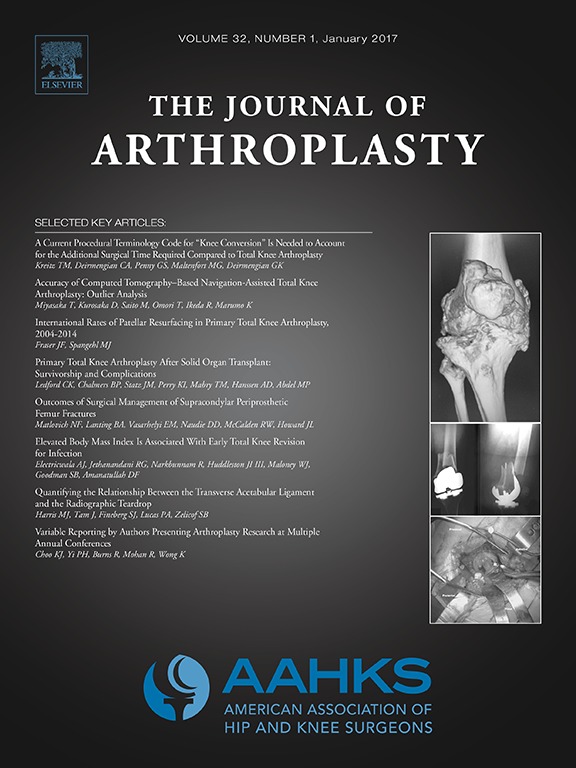
ARTHROPLASTY
Bidirectional barbed suture more efficient in closure of total hip and knee arthroplasties
J Arthroplasty. 2012 Dec;27(10):1783-8. doi: 10.1016/j.arth.2012.05.02260 patients were divided into two groups where 25 patients underwent total hip arthroplasty (THA) and 35 patients underwent total knee arthroplasty (TKA). The THA and TKA groups were randomised into two groups to either undergo wound closure using the barbed suture approach or the traditional suture approach. The patients were assessed 3 weeks, 6 weeks, and 3 months following the operation. Results displayed that the barbed suture approach for wound closure was more efficient than the traditional suture method because of reduced operation time due to more rapid wound closure.
Unlock the full ACE Report
You have access to {0} free articles per month.Click below to unlock and view this {1}
Unlock NowCritical appraisals of the latest, high-impact randomized controlled trials and systematic reviews in orthopaedics
Access to OrthoEvidence podcast content, including collaborations with the Journal of Bone and Joint Surgery, interviews with internationally recognized surgeons, and roundtable discussions on orthopaedic news and topics
Subscription to The Pulse, a twice-weekly evidence-based newsletter designed to help you make better clinical decisions
Exclusive access to original content articles, including in-house systematic reviews, and articles on health research methods and hot orthopaedic topics
Or upgrade today and gain access to all OrthoEvidence content for just $1.99 per week.
Already have an account? Log in


Subscribe to "The Pulse"
Evidence-Based Orthopaedics direct to your inbox.
{0} of {1} free articles
Become an OrthoEvidence Premium Member. Expand your perspective with high-quality evidence.
Upgrade Now












































































